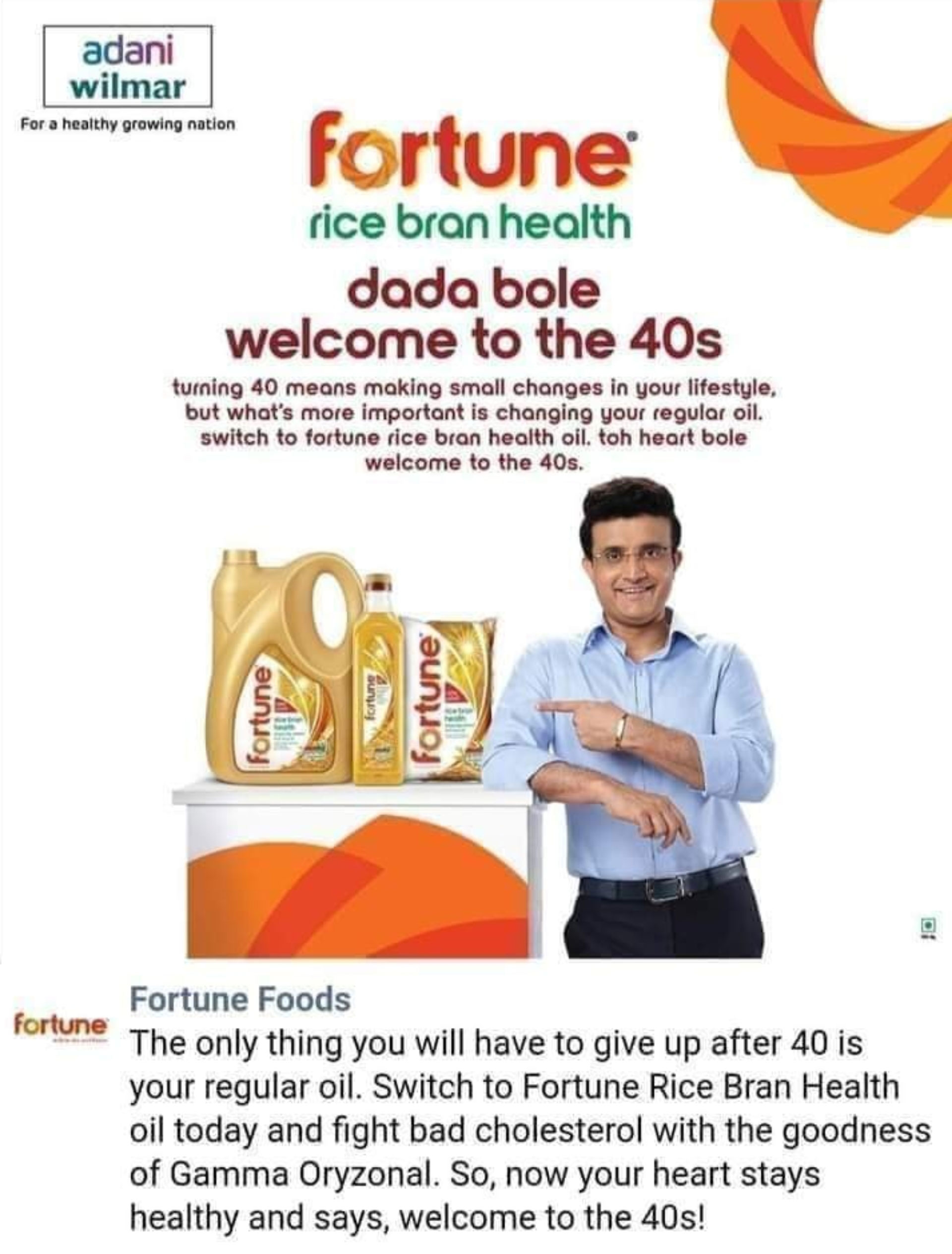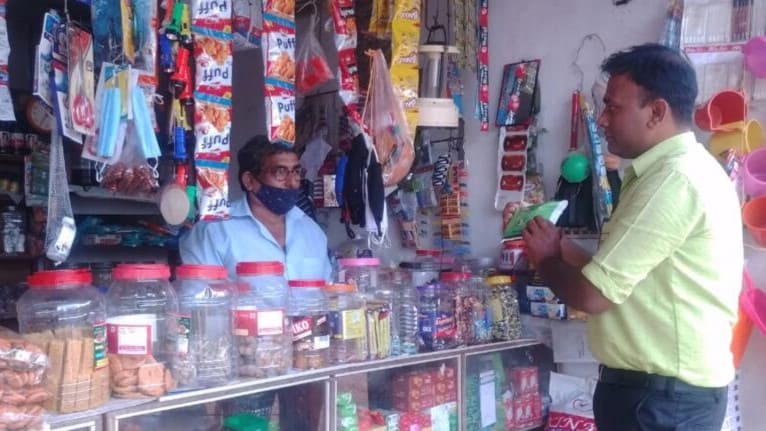Normally it is no big deal to set a MRP (Maximum Retail Price). All the battle is fought between competitors on the wholesale price. MRP is only a maximum, retailers can sell at any rate below it. Set it as a little high so that retailers can sell at any price they desire. It is only about printing on the package. There is no obvious consequence. Taxes are only on selling price not on MRP. But, we at Cocoguru look beyond the obvious, beyond only the retailer’s interest. That is in the interest of consumers. Retailers may sell at any price they desire, but there is a paying consumer. Manufacturer may sell to wholesaler or retailer, but brand ultimately sells to consumer. Brand must not leave too much of flexibility to retailer to dictate their price to consumer, it must be limited.
Retailer’s interest- Higher margins – That is the reasons retailer does business or sells a product. He looks to maximise his returns on his efforts i.e. sale.
- Flexibility to set price – Not all consumers are same, they buy different quantities and need different levels of services. Retailers also have differing levels of sales and cost of operations. To manage this, retailer should be able to get suitable margins by selling at his desired prices.
- Give discount to consumers – Retailers like to woo consumers through discounts but without giving up on their profit margins.
- Pay commissions – There are many spice shops in tourist areas like Dharmastala and Subramanya. The shops rely on tourist operators to bring customers to their shop. In return the driver demands commission from the spice shop for the transaction done. The margins from the transaction should sufficiently cover this commission and still the spice shop be left with handsome margin.
- Not be guilty – Retailer looks for additional margins without being guilty himself. If consumer complains about high price, he can always point to MRP set by manufacturer and pass the buck.
There is nothing wrong with protecting retailers interest as long as it doesn’t exploit consumers, does’t hurt the brand and his own reputation.
Consumer’s interest- Low price – Obviously, but the reason for stating this explicitly and in the beginning is that the brand must consider this fact while setting MRP. Lesser the MRP, lesser is the price at which consumer gets the product.
- Discount – Consumer feels happy with the retailer when he gets the product at significant discount to MRP. Consumers should be mature enough here to look at absolute price at which he gets than the discount on MRP.
- Consistent prices – Price range in which he gets the product should not vary too much depending on the place and shop from where he buys
- Price fluctuation – Cost of raw materials keep changing especially when they are commodities. This results in changes in wholesale prices and MRPs. To better serve the market, every player in the supply chain needs to maintain some stock. Changes in MRPs creates confusion in the stock supplied and billing rate.
- Variations in nature of market – Different markets have different consumption pattern and cost of retail operations and hence the cost of supply
- Favour retailers – To a brand consumer is the end, but retailers are required to reach the consumer. If retailers are not satisfied, they will only supply to those consumers who ask for the brand and sell whatever brand he likes to others. When the brand doesn’t enjoy sufficient pull, brand can ill afford to ignore retailers.
- Different MRPs – Coconut oil is used for cooking in coastal Karnataka, so per capita consumption is more. Cost of retail operations are low as the towns are of smaller size. Cost of supply is also low as they are closer to our factory. So, we have kept a lower MRP here. Price sensitivity is very high. Coconut oil is used only for hair and skin in rest of Karnataka, so per capita consumption is low. Cost of retail operations are high in big cities like Bengaluru due to high rentals. Cost of supply is high as they are far away from factory. So, we have a higher MRP there. Price sensitivity is lower.
- Minimum mark up Cocoguru is no ordinary manufacturer, we are a brand that care for the consumers. So, we look to protect interests of consumers even at the cost of being not too favourable to retailers. So, we keep a tight MRP that is a maximum of 25% mark up to wholesale price.


